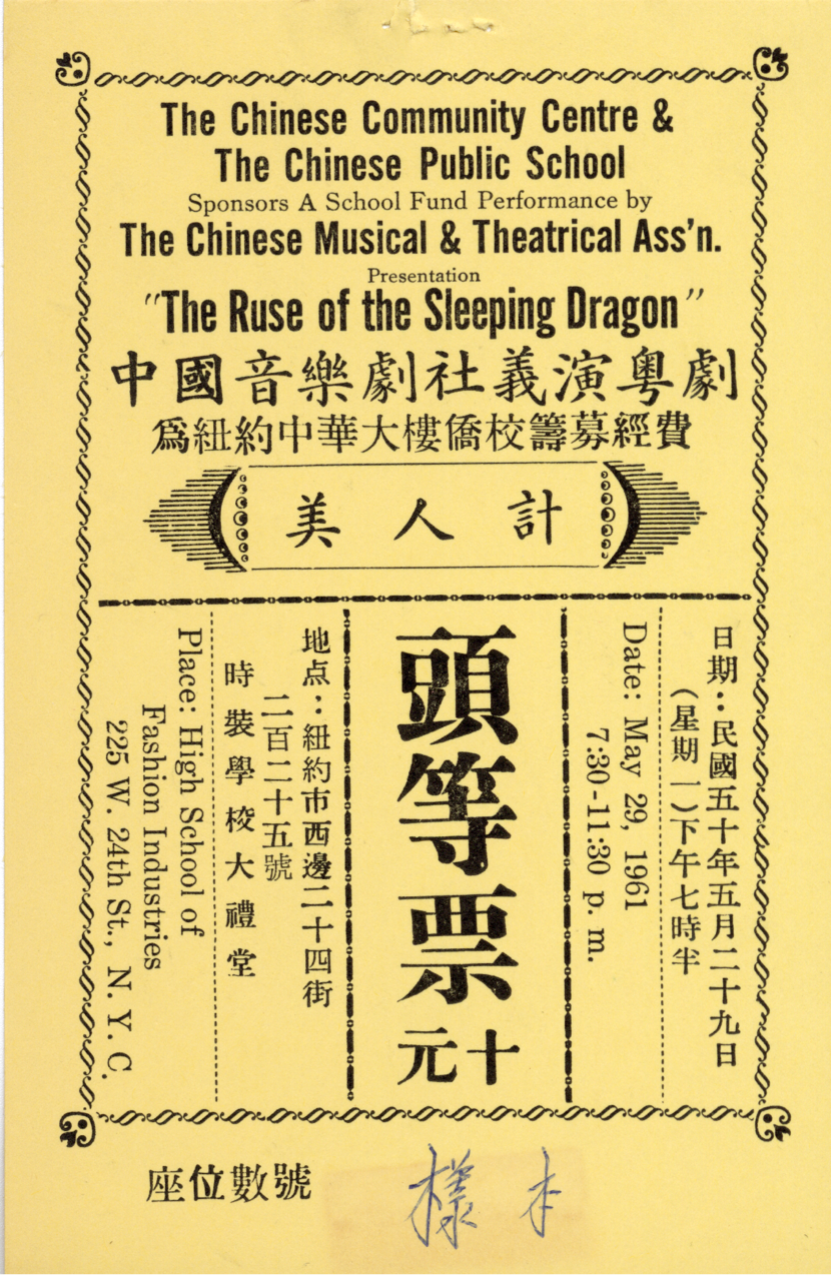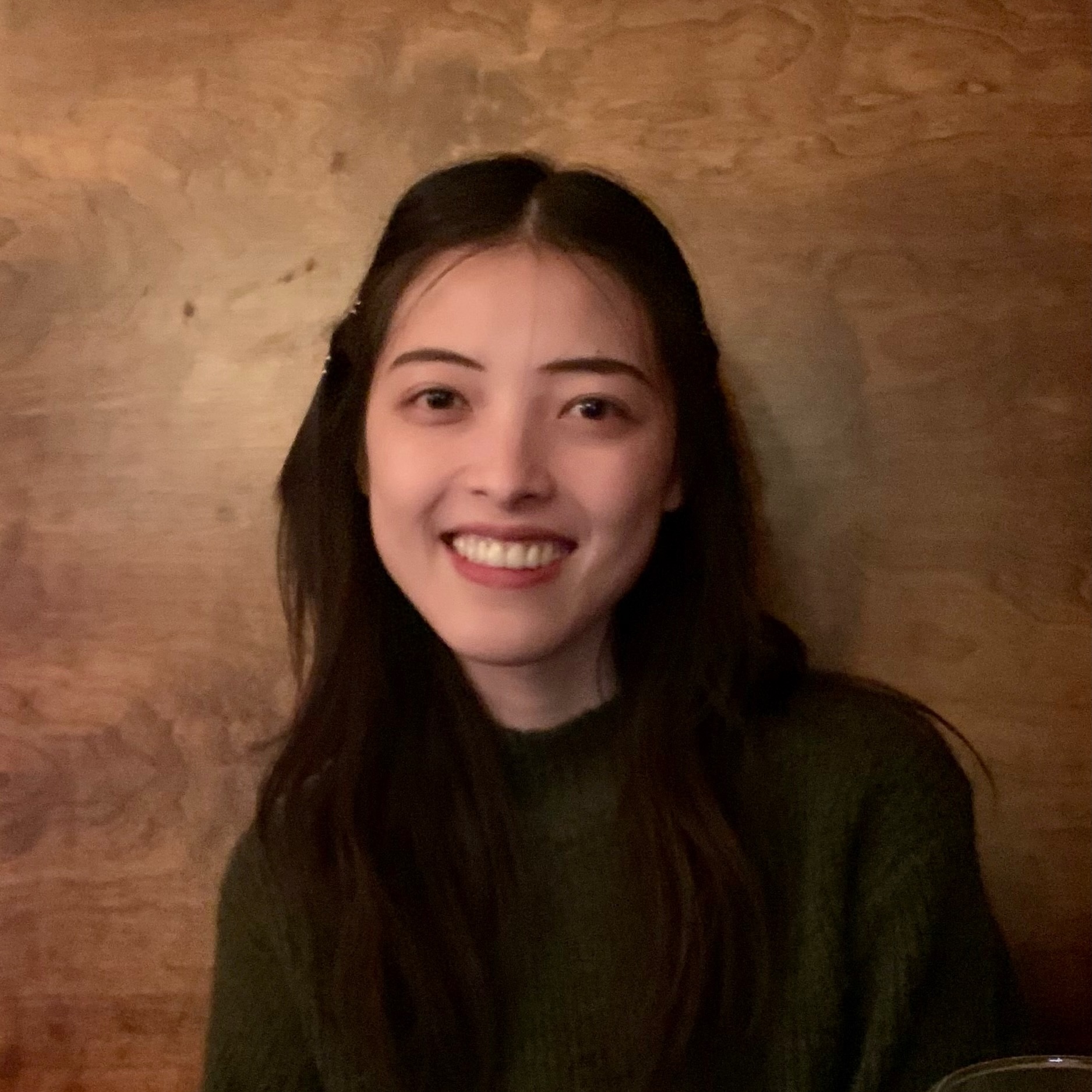Tunes Near and Far: The Legacy of Cantonese Opera in New York’s Chinatown
May 27, 2025

“May our banner be unfurled over North America,
And its renown fill the West and the East.
To promote the National Essence
And be at the vanguard overseas…”
These prayers were recited in front of a small red-and-gold wooden shrine dedicated to the patron saints of Cantonese opera, located backstage at the headquarters of the Chinese Musical and Theatrical Association (CMTA) in New York’s Chinatown. Performers and musicians paid their respects to the shrine before each performance, honoring their cultural heritage while looking to a prosperous future in a new land.
The early decades of the twentieth century were marked by tumultuous events on both sides of the Pacific. Japanese imperialism, civil and international wars, and natural disasters spurred a new wave of Chinese immigration to the United States. Among these immigrants were several professional theatrical companies drawn by business opportunities, though many were eventually disbanded during the Great Depression. CMTA, one of the oldest amateur opera clubs in New York City, became a vital space for Chinese immigrants—many of whom worked in laundries and restaurants—to practice performance, find community, and support one another in housing and welfare. From the 1930s to the 1980s, the club provided a sanctuary for social and cultural exchange.
The CMTA archive collection is now housed at the Museum of Chinese in America (MOCA), which acquired the materials after an anonymous source informed staff that costumes, musical scores, instruments, and documents had been left behind during the association’s move to a new location. These materials offer a glimpse into the lives of Chinese immigrants during a time of intense hostility, particularly surrounding the 1943 repeal of exclusion laws. They also highlight the evolving role of Cantonese opera as a transnational art form. As Chinese immigrants settled in Southeast Asia and North America, they brought Cantonese opera with them. The performance tradition, rooted in the Pearl River Delta region of Guangdong, featured stories from Chinese folklore, sung in Cantonese dialects, offering comfort to homesick audiences. The genre also adapted to new influences—CMTA, for example, incorporated Western instruments like the saxophone and violin, along with Western musical notation, into their practice and performances. Through these artistic innovations, CMTA preserved the tradition of Cantonese opera while upholding its core spirit of improvisation.
This summer, I collaborated with curators at MOCA to digitize archival materials from the CMTA collection and create a digital exhibit using Omeka. The materials, including annotated lyrics, musical notations, photographs, recordings, account ledgers, newspaper clippings, and correspondence, underscore the resilience and agency of Chinese immigrants in the face of social inequality. This project taught me how to organize digital content using the Dublin Core Metadata Standard and a Content Management System (CMS). To enhance accessibility, I transcribed the Chinese documents and provided English translations. It is my hope that this digital exhibit will shine a light on underrepresented aspects of local Chinese immigrants and showcase the role of Cantonese opera in shaping the cultural memory of the Chinese diasporic communities.
Check out my on-going project here: https://cmtaarchive.com
Author

Cen Liu
PS2 Public Research Fellow
Cen Liu is a Ph.D. candidate in Theatre and
Performance. With a broad interest in popular performance, material
culture, Eurasia encounters, and historiography, her research traces
past lives of humans and objects to understand their entanglement and
co-constitution. Cen also explores how we can use digital platforms to
tell such histories and stories anew.
